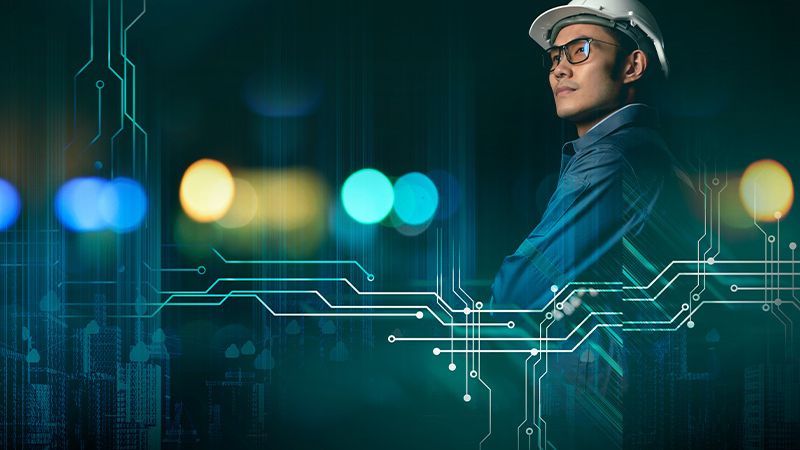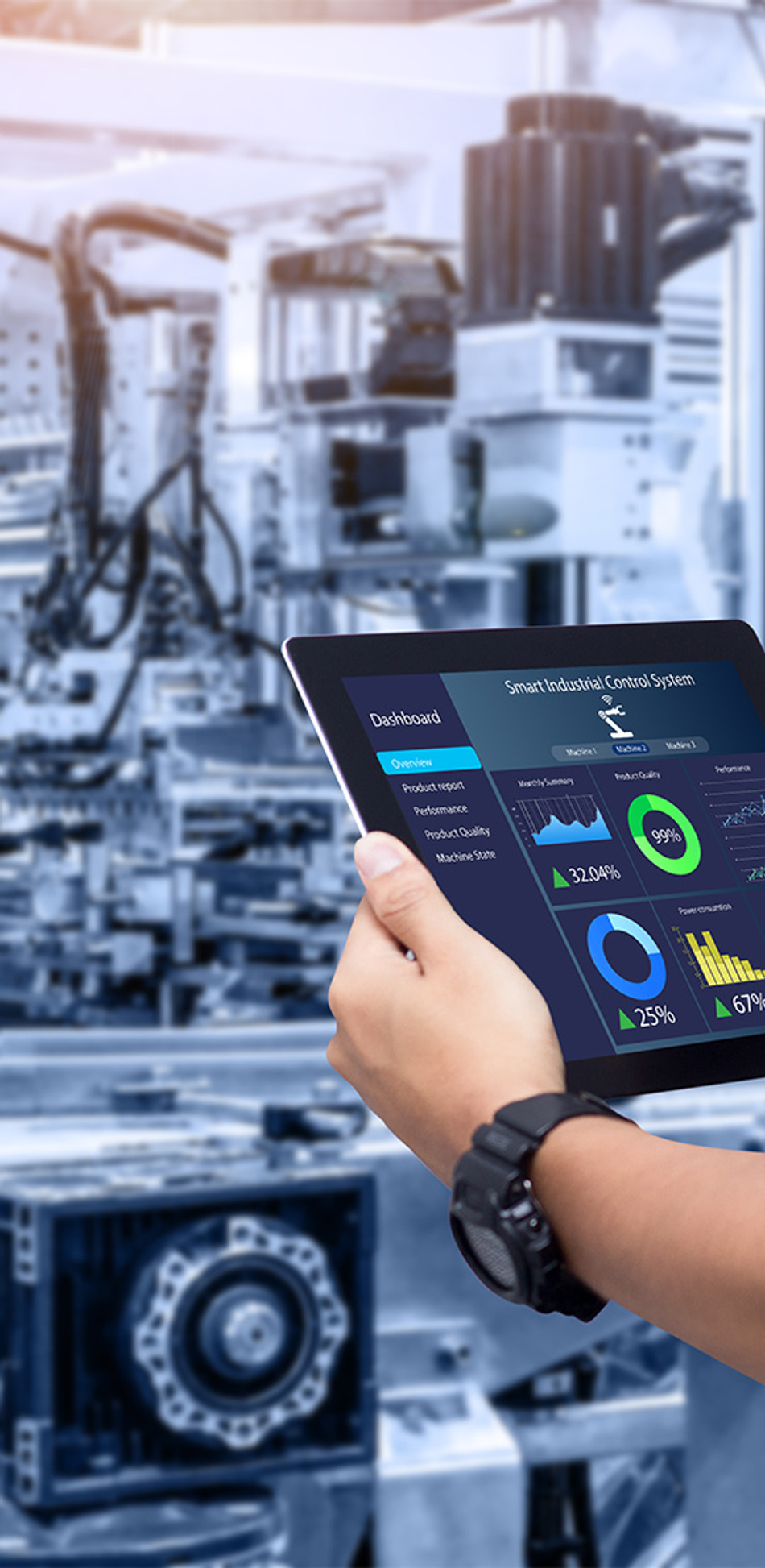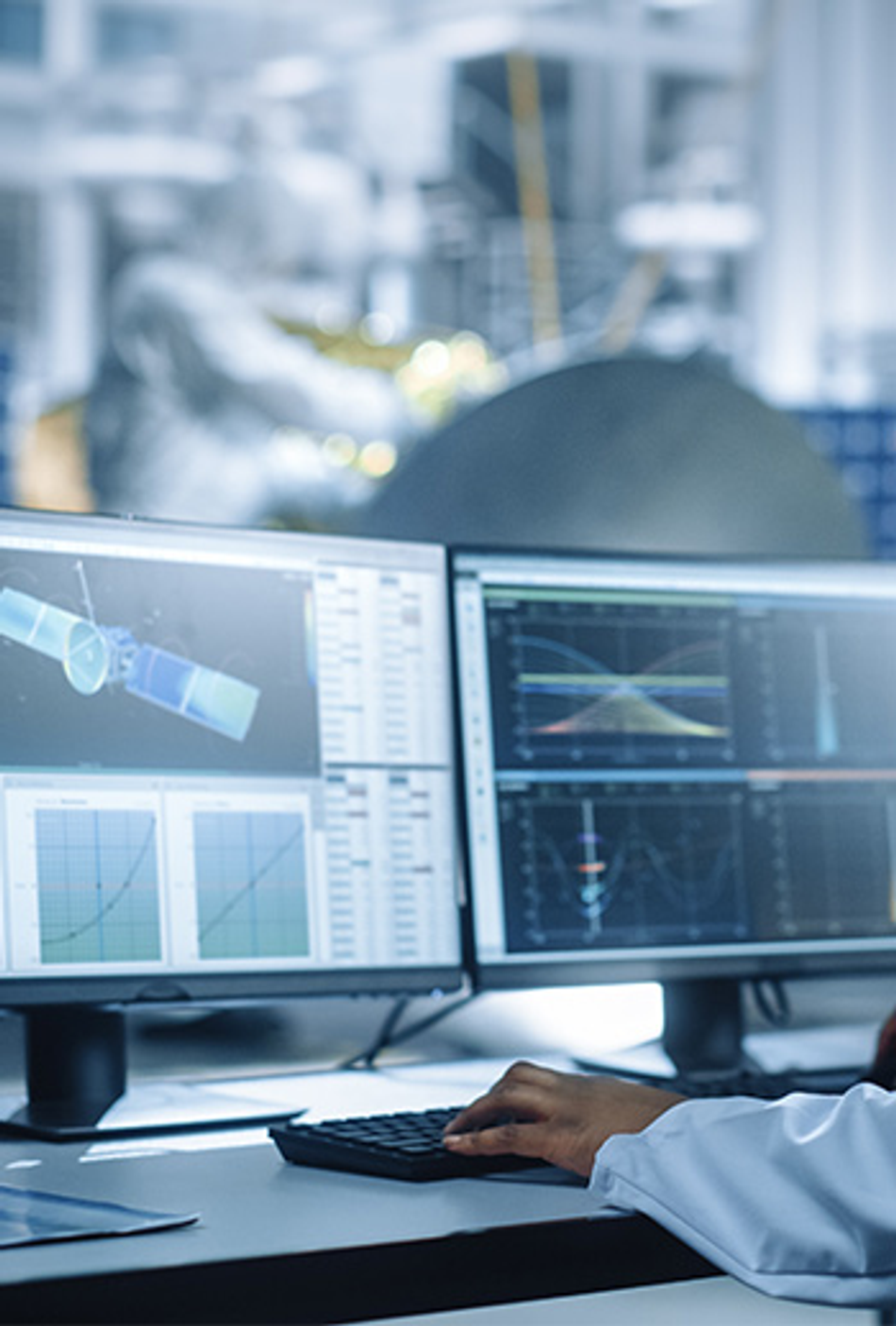What Is IIoT?
IIoT stands for the Industrial Internet of Things. You've probably seen a similar set of letters, the IoT, which is the Internet of Things. IoT refers to all digitally-connected devices, over and above such familiar items as phones, tablets, laptops and PCs.
This article was first published on
www.rowse.co.ukAny stand-alone product that's connected to the internet is an IoT device, and one which you can monitor and control remotely. It was first used for consumer products such as household appliances and cars, but soon moved into products like wearables and heart monitors.
With IIoT we've moved from control of everyday objects in our lives into the larger sphere. IIoT extends the IoT into our industrial sectors and their particular applications, such as robotics, software-defined production processes and medical devices. It is more concentrated on machine-to-machine communication (M2M), big data, and machine learning (ML), all promoting greater efficiency and reliability in manufacturing operations.
IIoT depends to a great extent on sensors, but the instruments and autonomous devices that monitor and control industrial applications are also connected to the network. These gather a huge amount of data, feeding it back constantly via the internet to control applications. This data, in such volumes that it's commonly called Big Data, is then analysed by intelligent logarithms. AI and ML can use this information to optimise production. The net result is that you increase the efficiency of your manufacturing processes and reduce the overall costs.
Typical IIoT Characteristics
Not all industrial systems are IIoT-compatible, but those that are share basic requirements. As a general rule, your systems must be in a communications network, with devices that collect data for analysis. This data forms the basis of concrete actions to improve your operational performance. IIoT systems typically consist of four essential layers:
1. DEVICES
These are the pieces of hardware you can see, including machines, sensors, control panels, GPS locators etc.
2. NETWORK
The devices are connected to an invisible layer of connectivity. This is the computer network connecting your devices and the internet servers, using edge computing or cloud storage.
3. SERVICES
Once your data has been collected, a third layer of computer applications runs analytic algorithms. These use machine learning and AI capabilities to process the information and provide a specific service that will benefit your system.
4. CONTEXT
Surrounding all of this activity is the human operator of your system. They will need a way to interface with the internet, such as a smartphone, tablet, laptop, or even wearable devices like AR/VR glasses.
Collectively, these interfaces are called operational technology (OT), and also include complex operational processes and their connection to industrial control systems (ICS). There are various ways these are set up:
- Human-machine interface (HMI)
- Distributed control system (DCS)
- Programmable logic controller (PLC)
- Supervisory control and data acquisition system (SCADA)
What really distinguishes the IIoT from the everyday IoT is the way this OT intersects with information technology (IT). This technological convergence means that automated industrial systems are much more integrated and optimised, and are often now referred to as cyber-physical systems (CPS).
Advantages Of IIoT
Remote access and control of smart sensors & actuators means you can monitor, control and improve all your operation's physical infrastructure. Real-time big data generated in this way helps a CPS to come up with analytical insights and specific remedial actions. If the IIoT is fully integrated into a CPS, you can also predict points of failure at any stage in the production process. You can set up your system to trigger maintenance processes autonomously, thus optimising the use of your available assets.
Sensors such as RFID tags provide real-time data on product status, as well as on real-time location and ambient conditions (heat, cold, damp). This is particularly useful for easily affected products like food and medical vaccines. Increased use of autonomous vehicles improves transportation time and routing of items around the facility, making premises safer and reducing the potential for human error. Some tools can be connected directly to the system, making them faster and safer for human beings. The number of workplace accidents can also be reduced using data collection via wearables. This can include human body readings, as well as proximity to danger and GPS location trackers.
Disadvantages Of IIoT
One concern about the IoT is the fragmented technology which it comprises. Since the whole thing is still relatively new, you'll find several different protocols, standards and architectures. These manage to coexist, but it may become more complicated as this fragmentation is passed on to the IIoT. The compatibility or otherwise of the various structures may well hinder the interoperability of your CPS with others on different networks.
Another technological challenge is integrating the IIoT into existing legacy systems. However, there are many ways you can do this, and it's not necessary to start from scratch to take advantage of the IIoT. You might use video cameras, edge devices like routers, or parallel gateway systems. A further disadvantage is the possibility of personnel resistance to the changes, but open communication of benefits and thorough training should overcome this.
The biggest hurdle is often that of cost. When so many companies are struggling financially, IIoT investment may seem inadvisable, especially if the advantages are unclear. But with thorough research and planning, IIoT upgrades should deliver significant improvements in your KPI. These may include lower production costs, a potential 200% increase in output, and faster time to market.
Cybersecurity Risks
IIoT adoption comes with increased security risks, although some of these may already be in your existing system. These include using obsolete applications, inadequate authentication practices and exposed ports. If you then connect your network directly to the internet, these existing risks have a greater potential to cause harm. More connected devices can also mean more points of entry for hackers to infiltrate your network.
If you decide to go down the CPS route, you'll need to deploy stringent cybersecurity standards to guard against outside threats. You must set up the correct IT infrastructure, as well as encryption protocols and multi-factor authentication. If you suffer a cybercrime or malware attack, it won't just be your IT systems that crash but your whole CPS network. You could suffer operational disruption and financial loss. Your business information and private staff records might be made public, or even sold off to third parties for exploitation. Operational disruption isn't limited only to equipment damage or failure; your system might also be manipulated to sabotage production processes or cause product recalls. Damaged or malfunctioning systems could also result in physical injury to operators or others in the vicinity.
To make sure your IIoT systems are fully secure, you may need to set up a dedicated security operations team. All four layers of the system will require stringent, end-to-end protection, from the devices themselves and the people using them to the network connections and external services. Regular monitoring and high-level threat detection are necessary, as well as protection for any data storage facilities and the cloud.
What's The Outlook For IIoT?
IIoT applications represent complete technological ecosystems, connecting devices, people and processes to (and via) the internet. You'll find IIoT networks in production and assembly lines, supply chain management, logistics and more. There's a focus on predictive maintenance, industrial robots and transport/warehouse control systems. Such applications are presently concentrated in the energy, transport, food and manufacturing sectors, but this is changing rapidly. Some market research suggests that the global market for the IIoT in 2020 was worth US$216.13 billion, a figure predicted to increase to an estimated US$1.11 trillion by 2028.
This article was originally published at: What Is IIot? - Rowse


